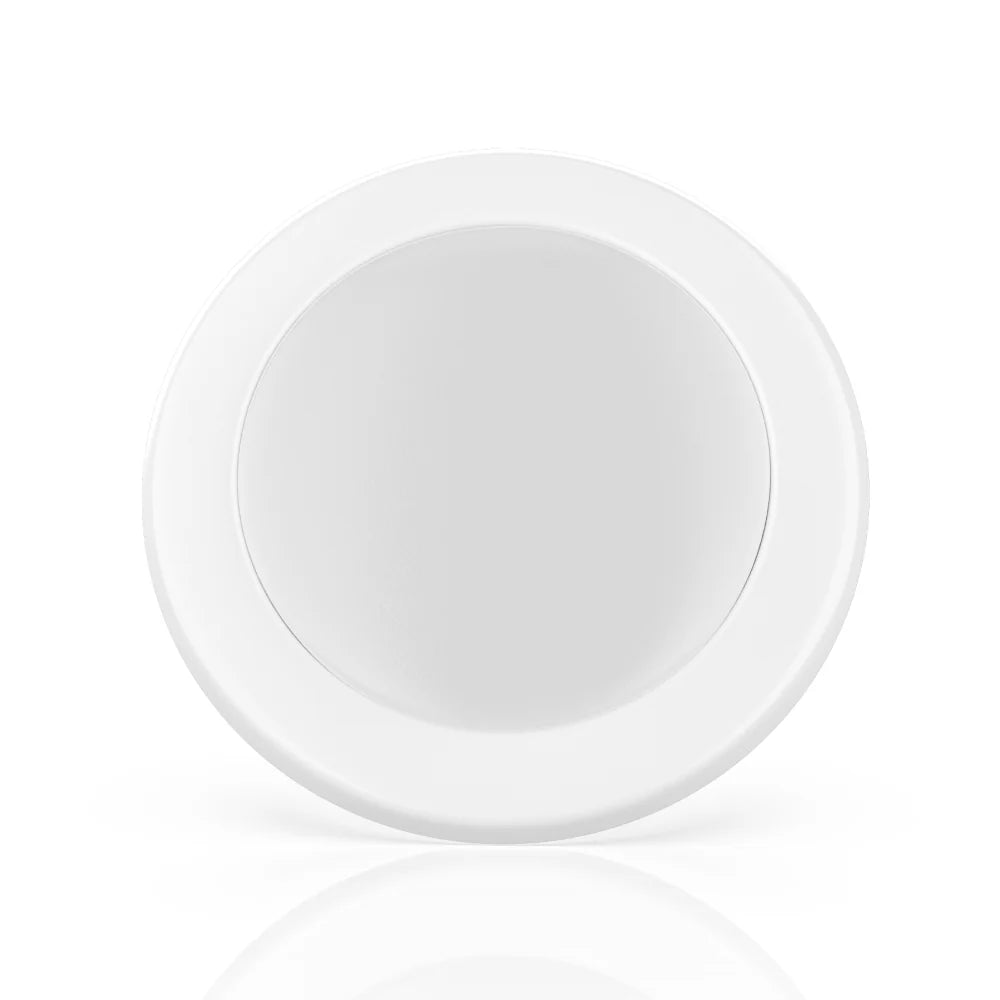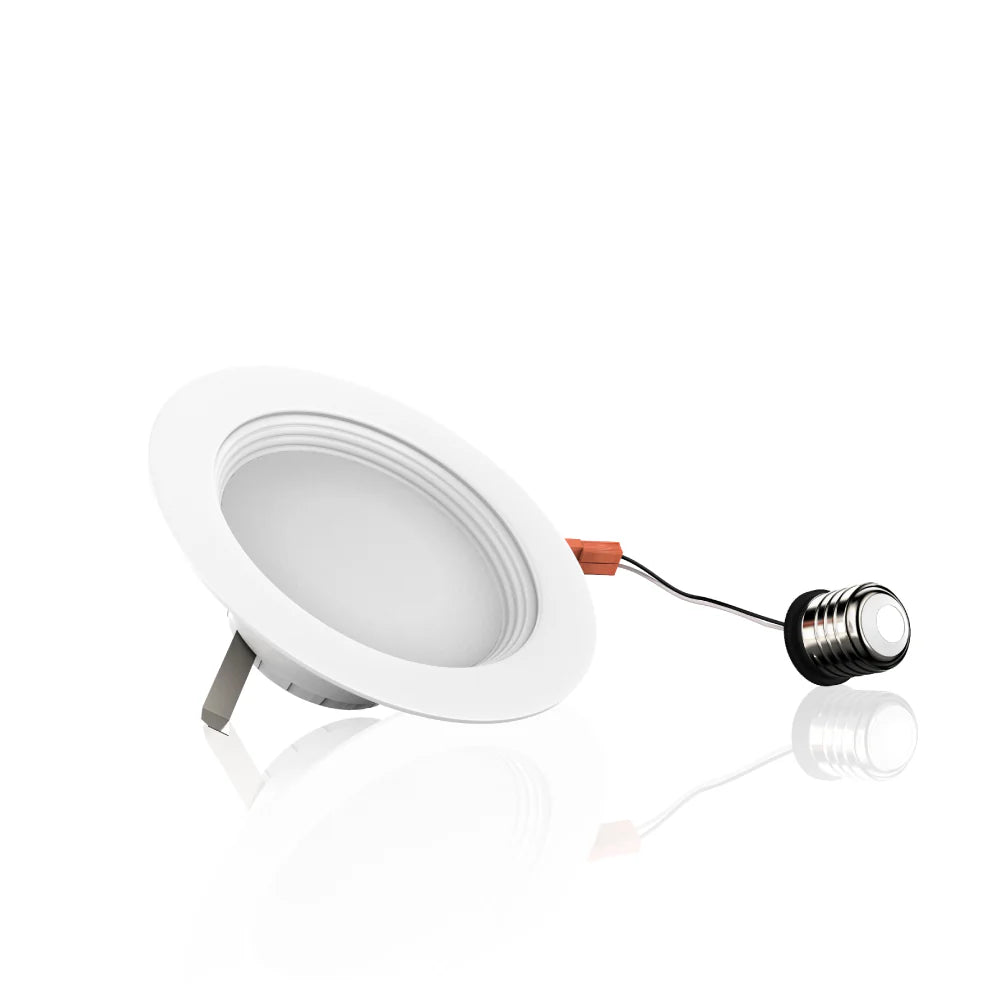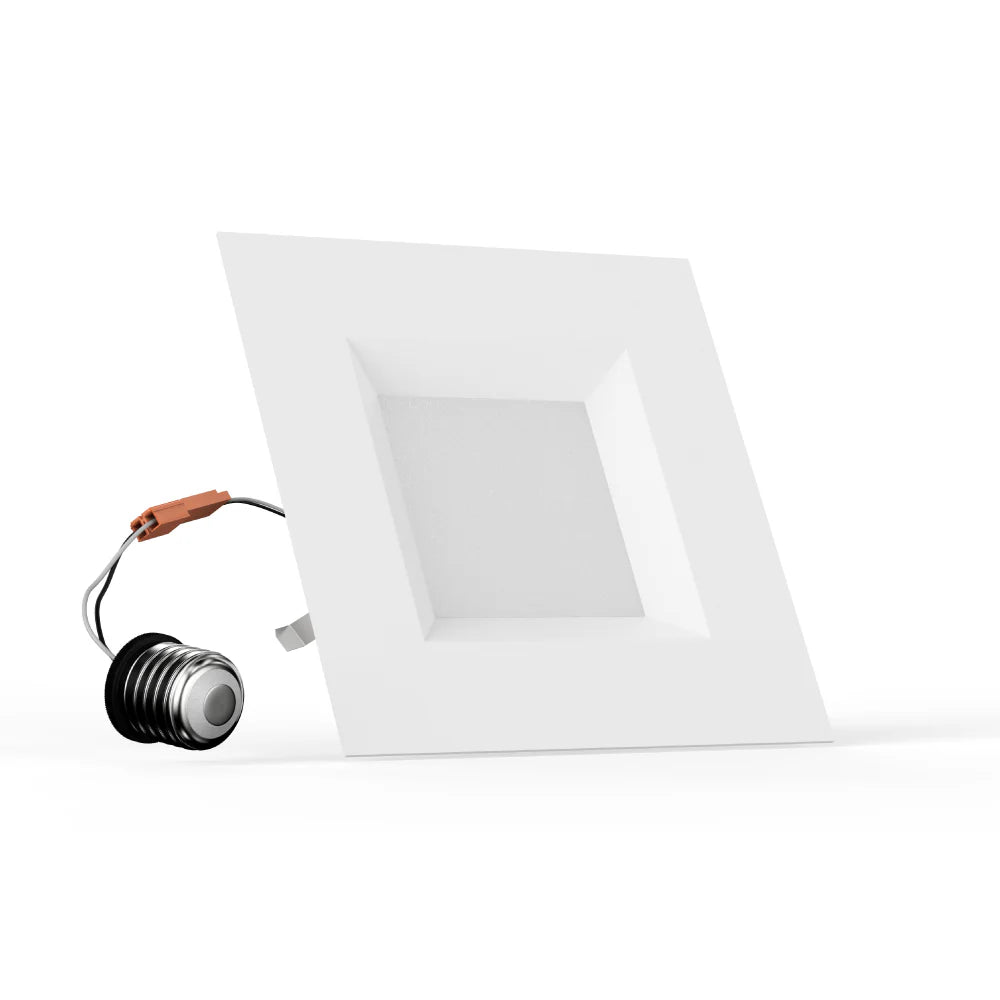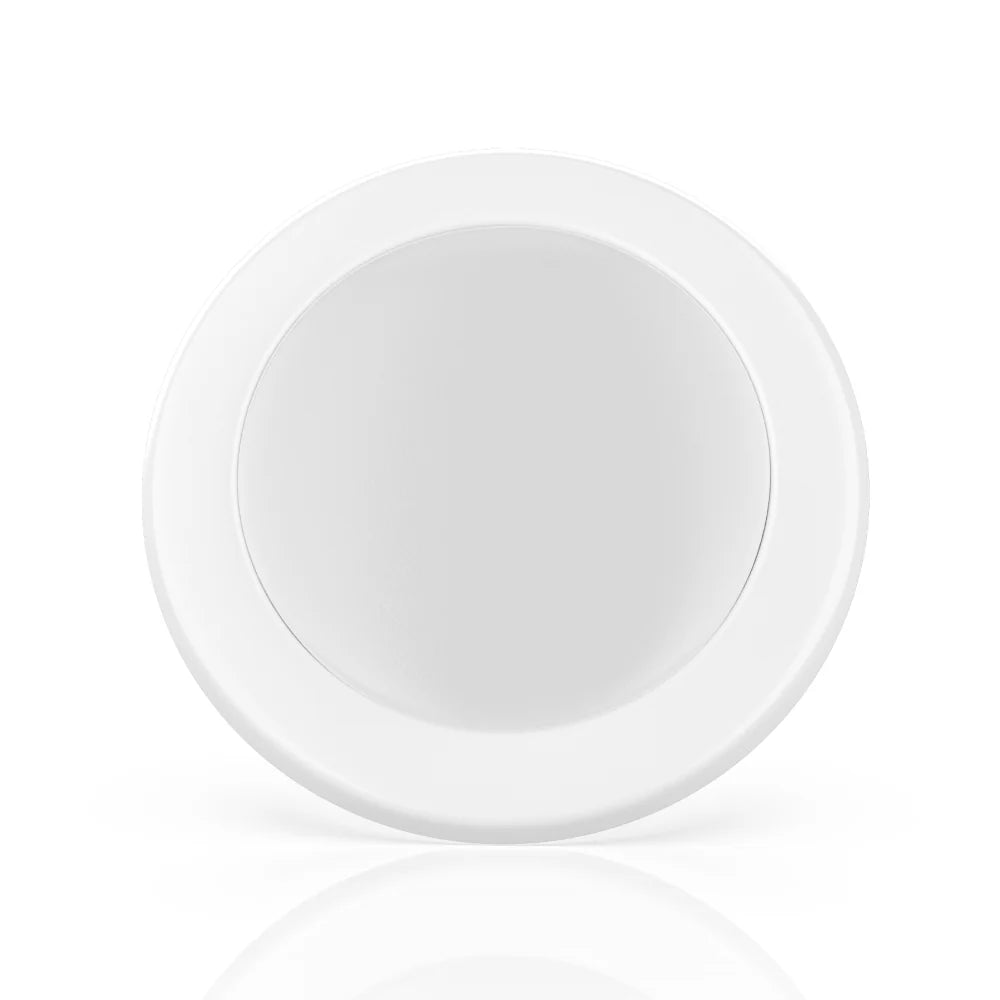Introduction
LED downlights have become increasingly popular in modern lighting solutions due to their energy efficiency and versatility. Whether you're renovating your home or planning the lighting for a new space, calculating the number of LED downlights you need is crucial to achieving the desired ambiance and illumination. In this article, we'll walk you through the step-by-step process of determining the right quantity of LED downlights for your specific area.
Understanding the Basics
Before delving into the calculation process, let's establish some fundamental concepts:
1. Lumens and Brightness
Lumens are a measurement of the total quantity of visible light emitted by a light source. The higher the lumens, the brighter the light. To determine the number of LED downlights needed, you must first decide how bright you want the room to be.
2. Room Size and Dimensions
The size and dimensions of the room play a significant role in calculating the number of LED downlights required. Larger rooms may need more downlights to achieve even illumination.
3. Lighting Zones
Different areas within a room may have varying lighting needs. Identifying these zones can help you distribute downlights effectively.
Step-by-Step Guide
Now that we've covered the basics, let's move on to the step-by-step calculation process:
1. Calculate Total Lumens Needed
Begin by determining the total lumens required to adequately illuminate your space. You can use the following formula:
To find the lumens per square foot, you'll need to consider the room's function. For general lighting, you can use 20 lumens per square foot. For task lighting, such as in kitchens or workspaces, you might need 50-75 lumens per square foot.
2. Select LED Downlight Lumens
LED downlights come in various lumen options. Choose LED downlights with lumens that match or exceed the total lumens calculated in step 1.
3. Determine Spacing
To ensure even illumination, you'll need to decide on the spacing between each LED downlight. A good rule of thumb is to space them 2-3 feet apart for general lighting. For task lighting, you may need to reduce the spacing to 1-2 feet.
4. Account for Lighting Zones
If your room has different areas or zones with specific lighting requirements, calculate the lumens needed for each zone separately and adjust the number of downlights accordingly.
5. Placement and Layout
Consider the placement and layout of the downlights. Aim for uniform distribution to avoid uneven lighting. It's essential to ensure that the downlights are evenly spaced throughout the room.
Conclusion
Calculating how many LED downlights you need is a crucial step in achieving the perfect lighting for your space. By understanding lumens, room size, and lighting zones, and following the step-by-step guide, you can make an informed decision and create a well-lit environment tailored to your needs.
FAQs
-
What is the difference between lumens and watts when choosing LED downlights?
- Lumens measure brightness, while watts indicate energy consumption. When selecting LED downlights, focus on lumens for brightness and energy efficiency.
-
Can I install LED downlights in any room?
- Yes, LED downlights are versatile and can be used in various settings, including living rooms, kitchens, bathrooms, and offices.
-
Do LED downlights require special dimmer switches?
- Some LED downlights may require dimmer switches specifically designed for LED lighting. It's essential to check the manufacturer's recommendations.
-
Are LED downlights cost-effective in the long run?
- Yes, LED downlights are energy-efficient and have a longer lifespan than traditional bulbs, making them cost-effective in the long term.
-
Can I replace my existing downlights with LED downlights?
- In most cases, yes. LED downlights come in various sizes and can often be used to replace older lighting fixtures with minimal modifications.



















































































